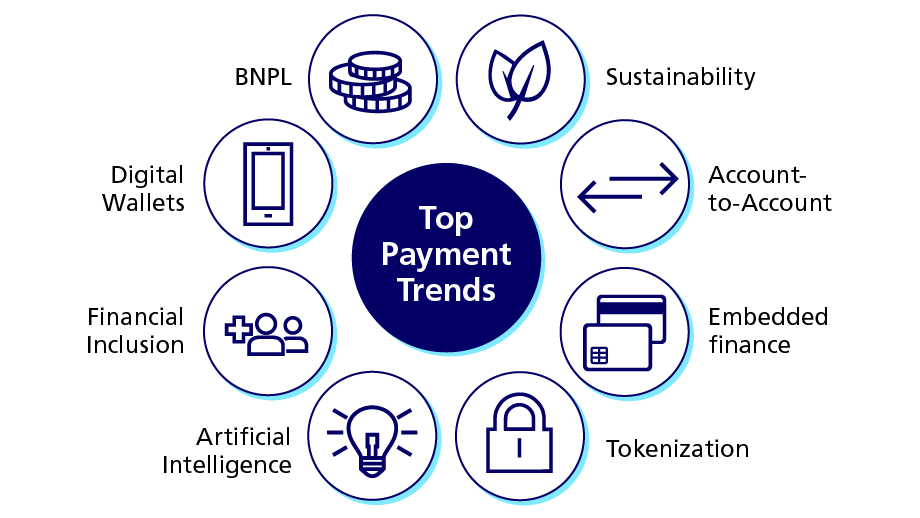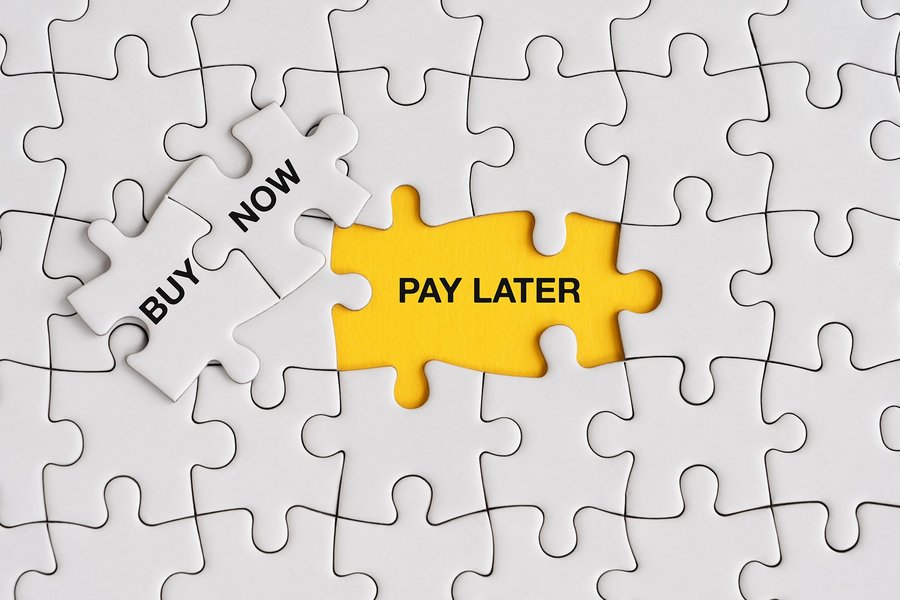That’s plenty of topics to cover. What are some of the ways banks can become more sustainable?
Maud Prévert-Augustin: At G+D, we pledged in 2022 to end the use of virgin plastics in all payment cards by 2030 to support our banking partners in their sustainability efforts. We were the first in the payment industry to make this commitment and surely it will inspire others to follow suit.
Kurt Schmid: Another concrete example is using ocean plastics for bank cards or, indeed, moving away from plastic completely and using bio-plastic substitutes. This is something many banks are already doing. Personally I would also like to see digital receipts become the norm. It doesn’t make sense that we can pay for everything digitally but still receive paper receipts. It’s a waste of paper and ink. And when we need them, we usually can never find them anyway.







